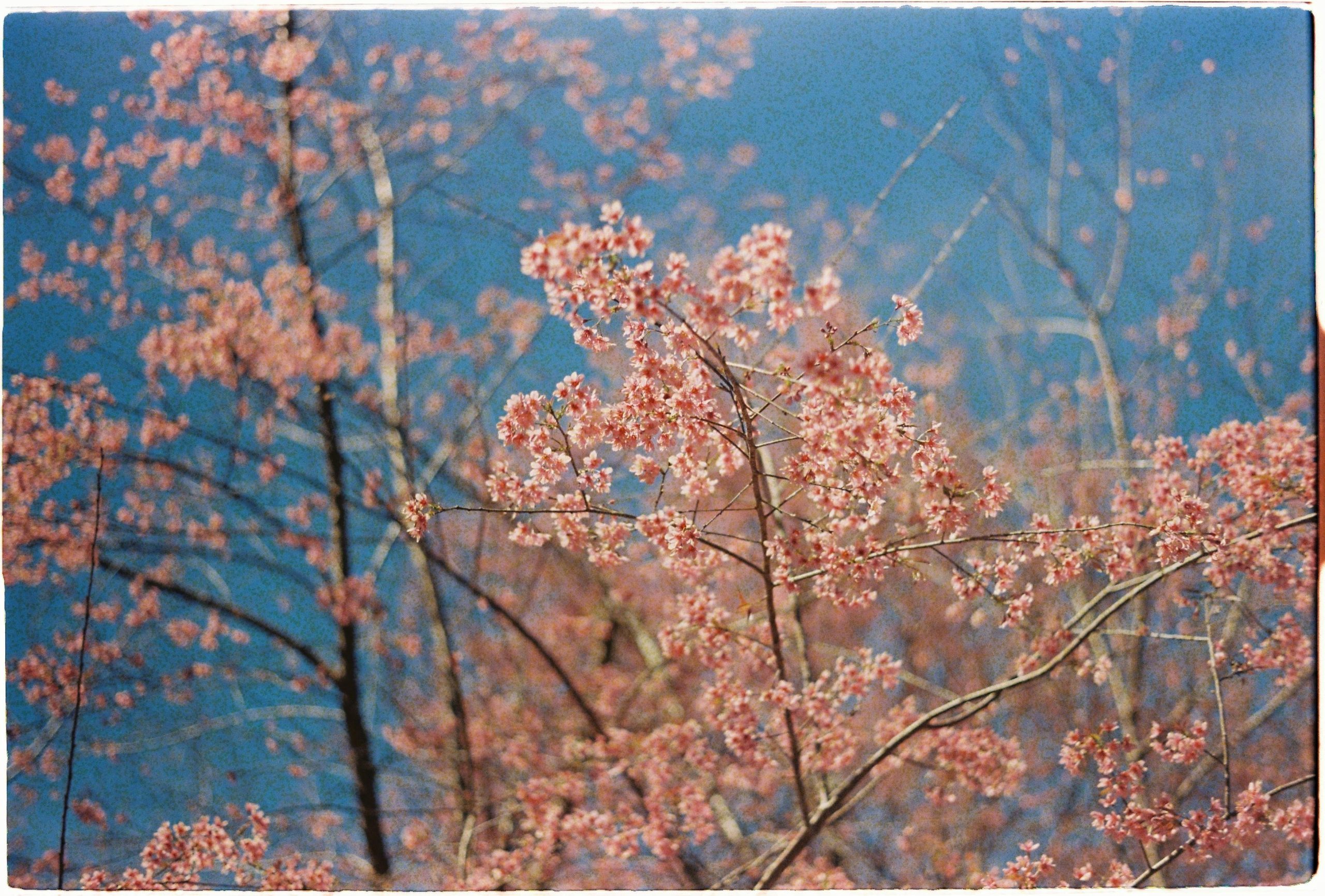Redbud Tree Growing and Caring Guide
by Mark Hunt

The redbud tree is well-known for its heart-shaped leaves and pink flowers that herald the arrival of spring. Ornamental Tree: Adds charm & colour to your?garden, path & free space. The redbud tree can remain an asset to outdoor spaces for a long time, providing both aesthetic and functional benefits, if properly maintained. Knowing how to care for it and understanding its growth habits?will help keep it healthy and looking great throughout its entire life.
Choosing the Right Location
The first step?to growing a successful redbud tree is choosing the right site. Not: best?if grown where it gets full sunshine, partly the colour. Also, place your plants in an area with six hours of direct sunlight a day for healthy flowering and even plant growth. A location well out of the path of the heavy winds we see can prevent new branches or buds from being destroyed.
However, the redbud tree prefers moderate, fertile soil with good drainage. Heavy clay or waterlogging can limit root growth and lead?to disease. Soil mixing to loosen the soil and incorporate organic matter before planting creates a welcoming environment for roots.
How to Plant Them for the Best?Start
Timing for?planting seeds determines a healthy start. The?best time is early spring or autumn, as the temperature is mild and the soil is still workable. Dig a hole that is twice?as wide as the root ball and the same depth as the root ball. This provides sufficient space for roots to grow naturally.
- Take the tree out of its pot carefully, so you do?not damage the roots.
- Set it upright, maintaining the root collar flush with?the ground.
- Fill the hole with dirt and wet it thoroughly to compact it.
- Add mulch around the bottom, avoiding a few inches from the trunk to prevent rot.
These steps enable the redbud to make a healthy transition to its new home.
Watering and Feeding Routine
Give young redbud trees a thorough watering to help establish those roots. Watering is essential?for the first year it grows. While they are tolerant of brief dry periods after they have matured,?prolonged drought will reduce growth and flowering. Deep watering once a week during dry spells keeps the soil consistently moist.
A balanced fertiliser in early spring once?a year encourages healthy growth. Excessive fertiliser will cause more leaves instead of flowers, so moderation?is the key. The addition of a compost layer surrounding the root zone is another natural practice that contributes to soil health.
Pruning for Shape and Health
Pruning shapes the redbud tree and eliminates?excess growth. Late spring, when flowering is done, is the best time for trimming. Regular trimming of dead or crowded branches helps foster air circulation, reducing?the risk of disease.
- Prune crossing limbs that may rub against each other.
- For younger trees, please retain one or two solid branches.
- Create gentle shaping to?follow natural breakage patterns.
- Do not be tempted to prune heavily — this reduces the?display of flowers the following year. Maintained well under a light workload, it appears balanced.
Common Pests and Diseases
The heartless, in general, but the redbud tree will?have some issues. During wet periods, diseases caused by fungi, such as canker and leaf spots, can develop. To minimise moisture accumulation, which promotes these?problems, good spacing and pruning are helpful.
Caterpillars, beetles, and other insect pests occasionally eat the leaves. Check regularly so that?you can catch it early. A mild soap solution washes away most of the affected leaves, and beneficial insects keep most pests under control without the need for pesticides.
Seasonal Care and Longevity
Every season has its distinct care needs. They need a little more watering occasionally during the summer; deep watering encourages consistent growth. Fallen leaves in autumn can be composted, allowing nutrients to be recycled. Mulching the base?(winter protection). Winter protection, particularly in colder and temperate climates, helps protect against root damage.
Redbud trees reach a mature height of 20 to 30 feet, so they grow relatively slowly. If properly cared for, they will last for several decades and form a permanent, graceful feature in gardens and parks.
Advantages of Publishing a?Redbud Tree
Aside from its ornamental beauty, the redbud also fills an?ecological niche. Birds and insects are regular visitors, its flowers attracting bees and butterflies, and its canopy provides shade to the understorey. This tree is a small-statured variety that can be used in gardens from one side to the other, making it ideal for large yards. It can also be utilised to add visual interest to two or three nearby structures.
It is no wonder that it is one of the most common plants among all homeowners & landscape designers, since it is?very versatile & requires almost no maintenance. A redbud tree can add vibrancy that transforms the drabness of an outdoor area into a lively space, changing remarkably with the seasons.
Conclusion
The redbud tree is a joy worth adding to your landscape, combining a graceful presence with a rugged constitution. With proper growing conditions, gentle watering, and some pruning, it can provide its stunning flowers and elegant shape for years to come. With a little loving care, this amazing tree can remain a part of nature’s beauty for years to come.
The redbud tree is well-known for its heart-shaped leaves and pink flowers that herald the arrival of spring. Ornamental Tree: Adds charm & colour to your?garden, path & free space. The redbud tree can remain an asset to outdoor spaces for a long time, providing both aesthetic and functional benefits, if properly maintained. Knowing how…